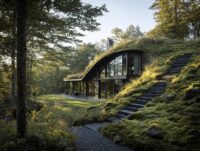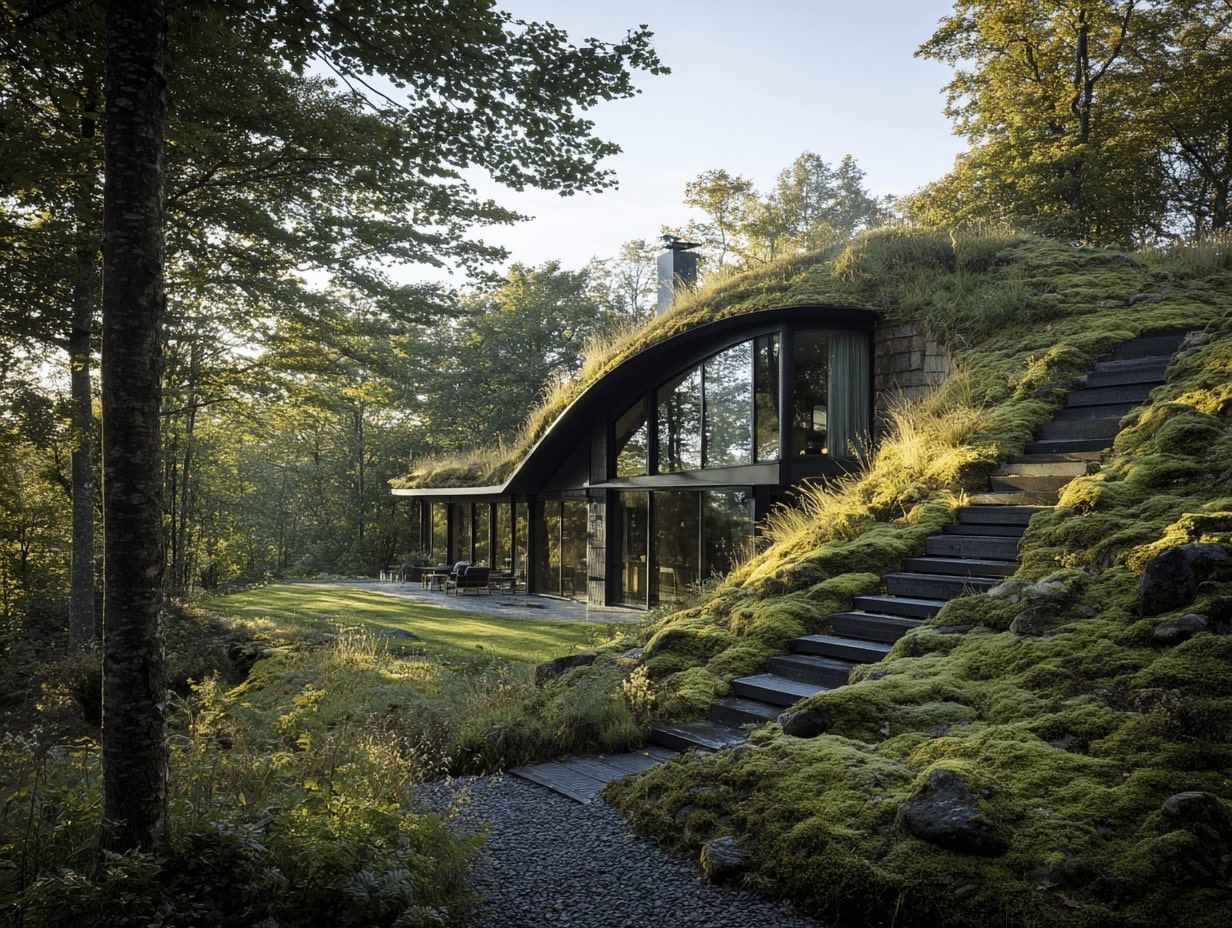- Home
- Articles
- Architectural Portfolio
- Architectral Presentation
- Inspirational Stories
- Architecture News
- Visualization
- BIM Industry
- Facade Design
- Parametric Design
- Career
- Landscape Architecture
- Construction
- Artificial Intelligence
- Sketching
- Design Softwares
- Diagrams
- Writing
- Architectural Tips
- Sustainability
- Courses
- Concept
- Technology
- History & Heritage
- Future of Architecture
- Guides & How-To
- Art & Culture
- Projects
- Interior Design
- Competitions
- Jobs
- Store
- Tools
- More
- Home
- Articles
- Architectural Portfolio
- Architectral Presentation
- Inspirational Stories
- Architecture News
- Visualization
- BIM Industry
- Facade Design
- Parametric Design
- Career
- Landscape Architecture
- Construction
- Artificial Intelligence
- Sketching
- Design Softwares
- Diagrams
- Writing
- Architectural Tips
- Sustainability
- Courses
- Concept
- Technology
- History & Heritage
- Future of Architecture
- Guides & How-To
- Art & Culture
- Projects
- Interior Design
- Competitions
- Jobs
- Store
- Tools
- More
Energy-Efficient HVAC Systems: Trends and Innovations for a Greener Future

As the world grapples with challenges in the climate and rising energy costs, the demand for energy-efficient solutions is more relevant than ever. HVAC systems are a contributor to a lot of the carbon released into the atmosphere.
For that reason, there are a lot of exciting technological innovations that have allowed for better resource preservation, alternate energy consumption, and lower bills. Today, we are going to cover the highest-profile breakthroughs that have rendered HVAC systems more environmentally friendly and cheaper.
Table of Contents
TogglePrevailing trends in energy-efficient HVAC
The evolution of HVAC systems is not just about improving existing technologies but also embracing entirely new advancements that promise even greater energy efficiency, sustainability, and comfort. Here are the prevailing trends going on right now helping to bring the planet closer to that goal.
Automation and AI for energy monitoring and control
The AI industry, which is growing ever more ubiquitous and being ever more often leveraged to catapult many industries, is providing opportunities to conserve energy. First of all, they have already become well-integrated with smart homes. They are synchronized so that air conditioning can be switched off while people are not home so that energy isn’t wasted.

AI goes a whole lot further than that though. They recognize patterns in energy usage and occupancy behavior to dynamically optimize consumption. They can predict the ideal operating conditions based on such variables as:
- time of day
- weather forecasts
- building usage
- presence of people in the home using motion sensors
Ultra-efficient air conditioning and heating units
In recent years, HVAC manufacturers have focused on designing units that are not only more compact and efficient but also use less energy while providing the same level of comfort. With apps keeping technicians constantly connected, they’re able to provide emergency HVAC repair within an hour. On top of that, advanced compressor technology and heat exchange systems can maintain indoor temperatures with minimal energy consumption, helping to save people significant cash.
Thermal energy storage systems
These allow buildings to store excess heating or cooling energy for later use, helping to balance peak demand periods and reduce overall energy consumption. By producing or storing thermal energy during off-peak hours when energy is less expensive or when renewable energy sources are abundant, these systems can significantly reduce the energy load on HVAC systems.
Innovative technologies shaping the future of HVAC
A smorgasbord of breakthrough technologies has been adapted redefining the way we manage indoor climates. These include taking advantage of all sorts of the Earth’s natural phenomena, which have become wonderfully integratable with HVAC technology. Here are the most inspiring among them.
Geothermal heat pumps
These leverage the Earth’s constant underground temperature to efficiently heat and cool homes. During the Winter, they extract heat from the ground and then in the Summer, they transfer it back – truly a godsend for climate control. These systems are also known for their longevity and require little maintenance.

Dual fuel heat pumps
These combine the efficiency of heat pumps with the rapid heating capabilities of a gas furnace. These systems automatically switch to gas heat when the temperature drops below a set threshold, typically 35 degrees Farenheit, ensuring efficient heating even in colder climates.
Wind and solar-powered systems
HVAC systems have been built with the ability to harness the power of small wind turbines to generate electricity, which is then used to power heating or cooling systems. Installed in wind-exposed areas, these reduce dependence on traditional sources.
Solar panels meanwhile are all the rage. They utilize photovoltaic panels to convert sunlight into electricity, which can then power HVAC systems.
Water-powered systems
Hydronic systems use water to transfer heat through pipes installed in floors, walls, or ceilings. These rely on convection or radiation to circulate heat throughout the home. It’s particularly effective at floor heating, offering a luxurious alternative.
Ice-powered units
These freeze large amounts of water overnight, storing it as ice. During the day, the system circulates air over the ice to cool the space for several hours. Once the ice melts, the system switches to a conventional HVAC unit for additional cooling or heating. This reduces reliance on traditional refrigerants like Freon.
Quiet duct wrap
This solution uses material made from recycled denim or cotton. It’s used to wrap HVAC ducts, preventing air leaks, reducing heat loss or gain, and improving system efficiency. It not only provides better insulation for homes but also helps in reducing noise levels in the system. The material is also safer due to its non-toxic, fire-retarded properties.
Eco-friendly refrigerants
Traditional refrigerants used in HVAC systems such as hydrofluorocarbons have led to a push for more sustainable alternatives. Those which release less carbon are becoming increasingly popular as part of a broader effect to reduce environmental footprint. Natural refrigerants such as carbon dioxide, ammonia, and hydrocarbons are gaining traction and they have a lower impact. Next-generation refrigerants like hydrofluoroolefins are being developed as well.

Polyurethane spray foam
The traditional materials used for home and building insulation have been cellulose, fiberglass, and mineral wool. Insulation fulfills a number of important functions as tasked with forming a building’s thermal envelope. Polyurethane spray foam is a more recent invention. It can be shot right out of a spray can and homeowners can insulate:
- cracks
- crevices
- cavities
- openings
Though some do point out that initially, it does emit carbon, others cite that the incredibly high R-value (thermal insulation value) of the closed-cell variant substantially reduces the overall heating and air conditioning that have to be consumed. The open-cell variant is meanwhile extremely versatile for reaching otherwise inaccessible spots.
Green government incentives and rebates
Investing in green energy not only makes for a friendlier, more livable environment – it can also lead to major financial savings through programs organized by the government. This is being done at all levels. Non-profits and the European Union are also abundantly donating to entrepreneurs engaged in climate-oriented programs.
EU initiatives
For instance, the European Union has awarded 1.5 million euros to a renewable energy efficiency center in the Republic of Congo. The EU wishes to spread environmentally friendly practices to create a green energy market in African countries as a whole. The center is engaged in the general development of means of renewable energy for the republic.
The European Union has also funded SWITCH, which pursues a variety of means to ramp up commercial and economic incentives for environmentally conscious businesses. They encourage industry associations to deliver better services, they support public-private partnerships, and they remote the development and alignment of green certification standards and labels.

Solar tax credit
The residential clean energy credit allows homeowners in the US to recover as high as 30% of the cost in the event that they wish to invest in solar panels. It can also extend to other types of renewable energy projects assuming that they adhere to certain guidelines. The credit requires an IRS Form 5695.
Utility companies
Many utility companies offer incentives encouraging customers to upgrade to energy-efficient HVAC systems. These include:
- cash rebates
- discounted energy rates
- rebates on energy audits
- on-bill financing, allowing customers to spread the cost of upgrades over time
illustrarch is your daily dose of architecture. Leading community designed for all lovers of illustration and #drawing.
Submit your architectural projects
Follow these steps for submission your project. Submission FormLatest Posts
Sustainable Solutions in Contemporary Architecture: From Passive Design to Clean Energy
Sustainable solutions in contemporary architecture: a practical playbook to hit net-zero, cut...
Sustainable Coastal Construction: Building Resilience Where Land Meets Sea
Sustainable coastal construction expert guide: plan, design, and build resilient shorelines with...
Architecture of Climate: Designing for Heat, Cold, and Storms
Architecture of climate: a practical guide to designing for heat, cold, and...
Sustainable Home Design Starts Underground: The Overlooked Role of Septic Systems
When we think of sustainable home design, most people picture solar panels,...












Leave a comment